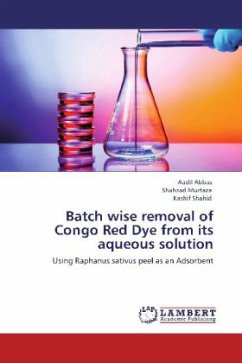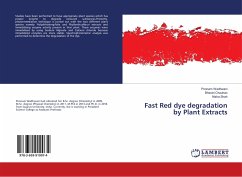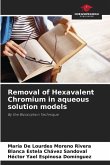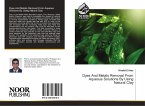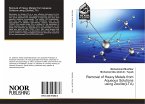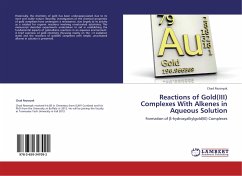Present study deals with the removal of Congo red through adsorption from its aqueous solution on Raphanus sativus peel. The basic purpose of this study is to evaluate low cost adsorbent for dye removal. Being carcinogen Congo red is hazardous and toxic. Batch wise removal were executed in order to estimate the effects of a various experimental parameters like Mesh size, adsorbent dose, contact time, temperature, agitation speed and pH. Adsorbent was treated with 0.1M HCl and 0.1M NaOH. Similar experimental parameters were performed for these acid and base treated adsorbents. Comparative study revealed that acid treated is the adsorbent. However, pH factor showed maximum percentage of adsorption in U.T.B. Langmuir and Freundlich Isothermal model were used to explain the equilibrium for these adsorption processes. Study revealed that adsorption followed Langmuir model for A.T.B and B.T.B whereas freundlich model for U.T.B. The adsorption capacity was 0.06, 0.24 and 0.12 mg/g for untreated, acid and base treated respectively. The maximum capacity observed for A.T.B in Langmuir isotherm. So, acid treated Raphanus Sativus peel are potential adsorbents for Congo red removal.

